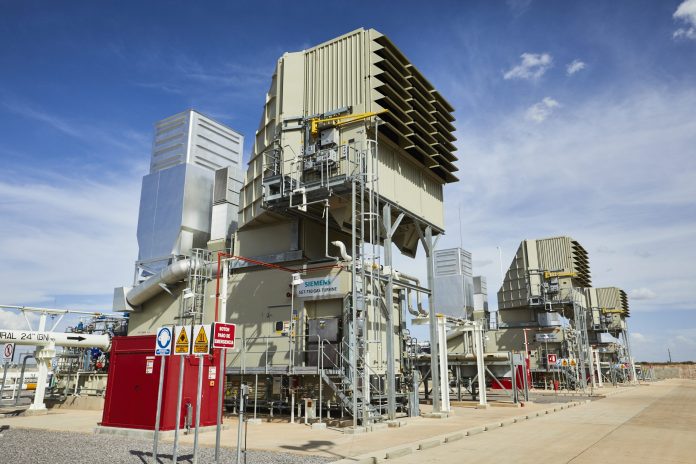
To remedy North America’s shortage of gathering, transmission and pipeline capacity, pipeline operators should consider compression station design approach with the lowest cost of ownership, which can be achieved by using large power block gas turbines in their compressor trains.
This model can help them deploy new infrastructure much faster and more cost-effectively than using small power block turbines. This can also dramatically lower the capital expenditure (CAPEX), maintenance expenditure (MAINTAINEX) and the operational expenditure (OPEX) of their new pipeline assets — enhancing investment returns, while also reducing emissions.
Traditional station designs feature a large number of compressor trains using smaller power blocks. When compression stations were built years or decades ago, those designs made sense for their flexibility, availability and efficiency. But today’s advanced turbine technology now makes a case for deploying large power block gas turbines instead.
A comparative study of the two approaches by a major, Houston-based midstream Engineering, Procurement and Construction (EPC) contractor found that a single, large turbine-driven compressor package is more cost-effective than using two smaller packages. It also reduces the operating footprint and environmental impact of a station’s compression function. A summary of the findings in favor of a large power-block approach follows:
Read the rest of the story here.

